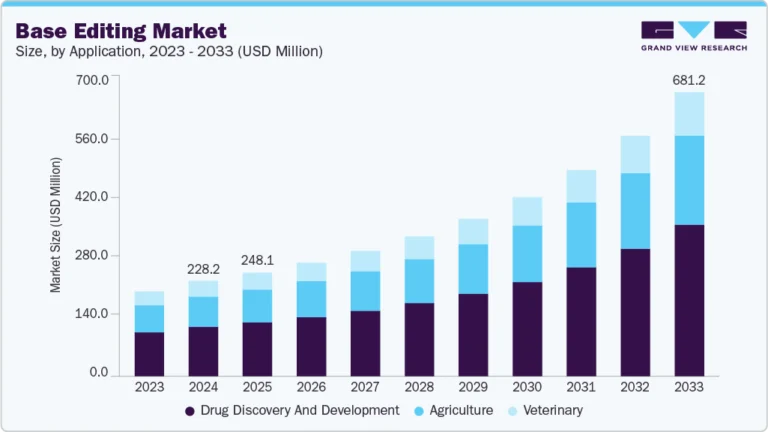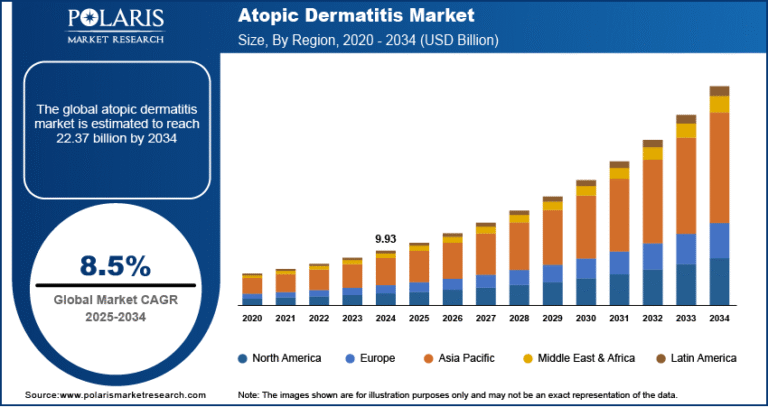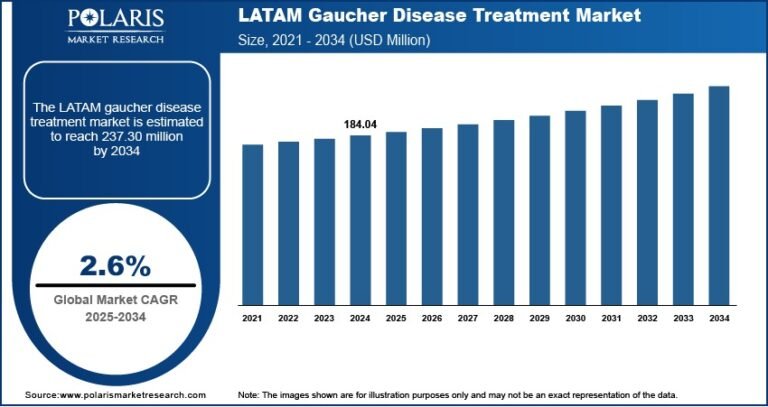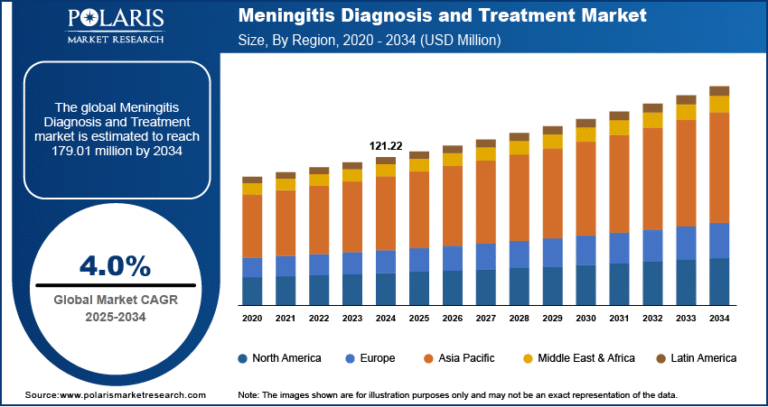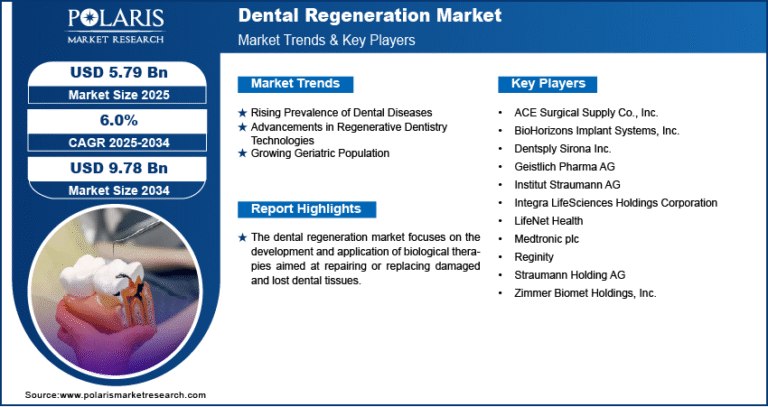Narcolepsy Therapeutics Market Expected to Reach USD 7,852.93 Million by 2034, Growing at a CAGR of 7.5%
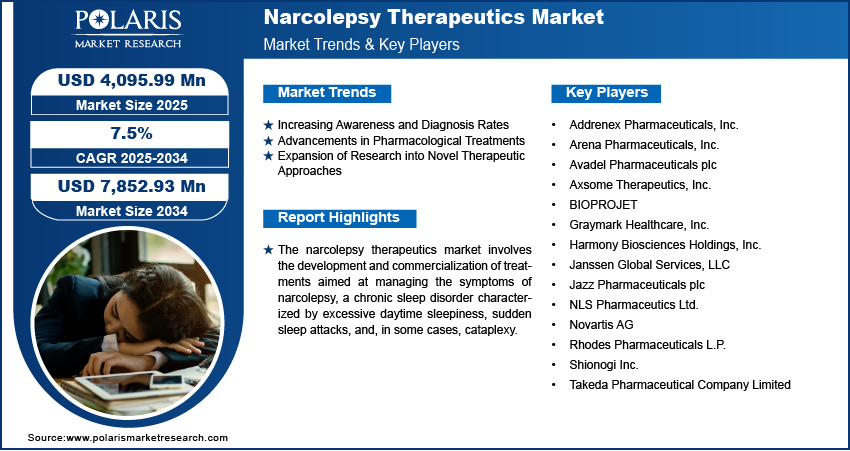
Market Overview
Narcolepsy is a chronic neurological disorder characterized by excessive daytime sleepiness, cataplexy (sudden muscle weakness), hallucinations, and disrupted nighttime sleep. It affects both children and adults and significantly impacts quality of life. The condition is often underdiagnosed due to its similarity to other sleep disorders. Treatment typically focuses on symptom management using a variety of pharmacological agents such as central nervous system stimulants, sodium oxybate, wakefulness-promoting agents, and histamine receptor antagonists. The emergence of new drug classes and extended-release formulations is reshaping the therapeutic landscape.
Narcolepsy Therapeutics Market Trends & Insight
Several trends are influencing the direction of the narcolepsy therapeutics market:
-
Emergence of Orexin Receptor Agonists: These new-generation drugs target the root cause of narcolepsy by mimicking the function of orexin, a neuropeptide that regulates wakefulness. These therapies offer promising long-term relief and fewer side effects compared to traditional stimulants.
-
Extended-Release Formulations: Drugs that allow for once-nightly dosing are gaining traction for their improved compliance and patient convenience. Extended-release sodium oxybate, for example, reduces the need for waking during the night for a second dose.
-
Histamine-Based Therapies: Medications that modulate the histamine pathway are being increasingly used to manage narcolepsy symptoms, especially in patients who do not respond well to traditional stimulants.
-
Integration of Digital Health Tools: Wearable devices and mobile health apps are being used to monitor sleep patterns and treatment adherence, enabling more personalized care.
-
Focus on Pediatric Approvals: Regulatory authorities are expanding drug labels to include pediatric patients, reflecting a growing recognition of childhood narcolepsy and its treatment needs.
Market Size & Forecast
Market size value in 2025 USD – 4,095.99 million
Revenue forecast in 2034 USD – 7,852.93 million
CAGR – 7.5% from 2025 – 2034
Request for Free Sample: https://www.polarismarketresearch.com/industry-analysis/global-narcolepsy-therapeutics-market/request-for-sample
Key Market Growth Drivers
-
Increased Awareness and Diagnosis: Better recognition of narcolepsy symptoms and improved diagnostic tools are leading to more patients being identified and treated.
-
Innovative Drug Development: The pipeline of novel compounds, particularly orexin agonists and histamine receptor modulators, is robust and expected to fuel market expansion.
-
Shift Toward Proactive Treatment: Physicians are increasingly advocating for early and continuous treatment to manage symptoms and prevent disease progression.
-
Regulatory Incentives: Orphan drug designations and fast-track approvals are accelerating the introduction of new therapies.
-
Rising Healthcare Spending: Greater investment in healthcare infrastructure in emerging economies is improving access to narcolepsy treatments.
Market Challenges
-
High Cost of Therapy: Many of the newer treatments are expensive, making access difficult in low- and middle-income countries.
-
Side Effects and Safety Concerns: Some drugs, especially CNS stimulants, can lead to dependency, cardiovascular issues, and other adverse effects.
-
Underdiagnosis and Misdiagnosis: Narcolepsy often goes undiagnosed or is mistaken for other conditions like depression or insomnia, delaying appropriate treatment.
-
Patent Expiry and Generic Competition: Leading drugs face pricing pressure due to the entry of generics, affecting revenue growth for branded products.
-
Regulatory and Developmental Hurdles: Developing and gaining approval for novel treatments, particularly gene-targeted therapies, is time-consuming and costly.

